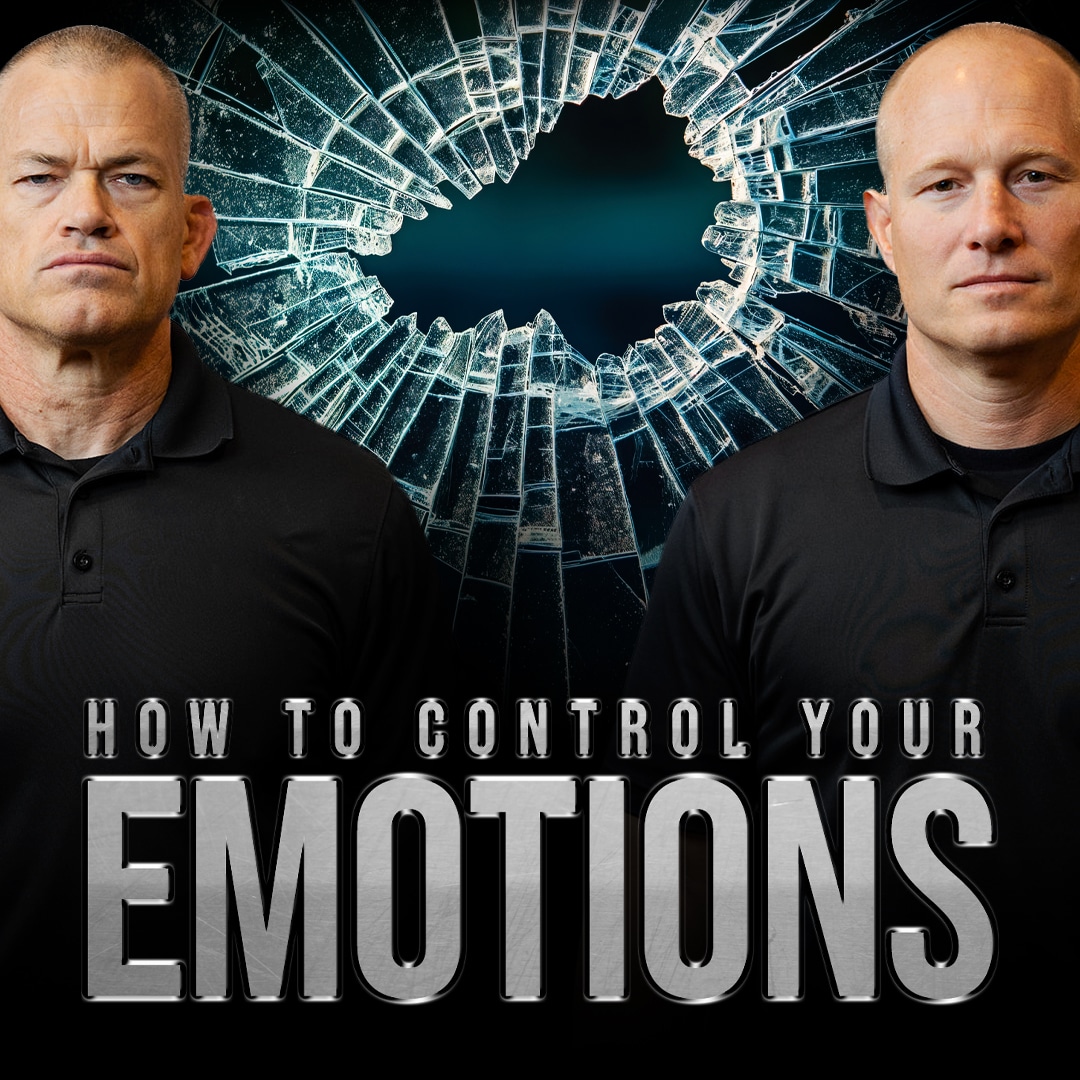Emotional control is a critical skill for effective leadership. The ability to manage one’s emotions and respond appropriately under pressure enhances personal well-being and sets a powerful example for others. To do this effectively, you must understand your triggers, learn to detach, and find your own unique methods for staying calm.
Understand Your Triggers
Emotions are a part of the human experience. We experience any number of them over the course of a day. Somebody cuts you off in traffic, and road rage kicks in, or the email that comes through that elicits immediate frustration. Emotions play a role in our reactions and decision-making and can be a hindrance to effective leadership.
The reality is, when we get emotional, when anger, frustration, and stress come upon us, we do not tend to make good decisions in those moments. Our judgment is clouded, and we react in a way that is not helpful. A common example of this in sports is the frustration foul. I was absolutely guilty of this. The momentum was not in our favor. The ref made another “bad” call, and, at that moment, my frustration reached a peak, and I ended up fouling the opponent. The outcome of that foul and reactive decision was that I put my team at a disadvantage, and the opponent had a major advantage and easy goal-scoring opportunity. This is often what happens when we have an emotional response, it isn’t productive and leads to bad outcomes impacting not only ourselves but the people on our team.
Recognizing what triggers your emotional responses is the first step in learning how to control emotions and feelings. At Echelon Front, we like to say, know your red flags. What are the environments or scenarios where you know you get emotional? For me, a string of what I perceived to be bad calls led to increased heart rate and more adrenaline. I eventually realized that the increased heart rate and rush of adrenaline were indicators that I needed to get control of my emotions. I needed to detach. By identifying specific situations, people, or events that elicited strong reactions, I could begin to develop strategies to manage them more effectively.
Detachment Is A Necessary Skill
The most effective leaders recognize that feeling happy or inspired is just as much a part of our day-to-day lives as feeling angry or fearful. On the lacrosse field, a wide range of emotions are evident through the ups and downs of gameplay. One minute, it is utter frustration- you just turned the ball over…again. The next minute, it could be confusion- what in the world was that call the ref just made? Two minutes later, it could be pure joy- your teammate had just scored the most beautiful goal. Being able to detach from these emotions and stay calm and nimble throughout a game is what the most successful players and teams do. They don’t focus on things that are out of their control, they don’t get too high when things are going right, and they don’t get too low when nothing seems to be going their way. The most successful teams recognize when they are getting emotional, and instead of allowing those emotions to drive their next action, they detach.
We describe detaching as the ability to relax, look around, and make a call. Of all the micro-events in this game, what action will have the biggest impact on our goal to win? When a player is able to take a step back and objectively evaluate the situation, they make helpful decisions. When an entire team of players can do this together, they can perform at the highest level and make better decisions to outmaneuver their opponent.
The same is true for organizations managing a challenging market or parents navigating raising teenagers. The individuals and groups that are able to detach from their emotions and objectively evaluate what is transpiring and what they can do about it are the ones who make decisions that support the mission. They are the ones who solve problems instead of creating more problems. They are the ones who build relationships instead of creating friction, and they are the ones who keep things simple so everyone understands and can execute their role.
The ability to detach is a skill, just like any other competence we want to develop and master. We must learn what our triggers are, practice the skill of detachment, evaluate how well we did in the moment, make adjustments, and continue that cycle. Developing this skill allows leaders to handle challenges with grace and make decisions that are not clouded by temporary emotions.
Whether it is a lacrosse game, a competitive environment, or just another day at the office, detachment is the superpower that can help us manage our emotions. We say it is a superpower because it sounds so easy, but it is hard to do in the moment. It is also not something we can do once and be done with. Detaching is fluid. We have to continuously and intentionally detach at various points throughout the day. We have to detach day in and day out. The best leaders, in every capacity, have developed this superpower. They set the example for their teams and families on how to stay calm and clear-headed in emotional situations.
Detachment does not mean acting like a robot. Emotionless individuals are not leaders. The best leaders have empathy, show passion and vulnerability, care for their team, and know how and when to detach.
Additional Strategies for Emotional Control
Having effective strategies to help us detach from our emotions is essential in both personal and professional settings.
One of the best ways to detach is to practice it in the moment, but we can also prepare ourselves for when we might need to detach. In the morning, I like to take time to mentally prepare for what situations or events I know will come up and could trigger an emotional response. This will give me an opportunity to rehearse how to handle that scenario. It may be taking a few deep breaths or doing role play before having a hard conversation. I have found that rehearsing my response better prepares me to manage the stress and emotions when the situation arises.
Another way to develop the skill of detachment is through self-evaluation. In the evening, I spend a few minutes reviewing my day. When did I get emotional? How did I respond? What went well? What could I do differently? By reflecting on my day, I can learn more about my own tendencies, patterns, and reactions. Evaluating these regularly has helped me to acknowledge when I have responded positively so I can keep doing that, as well as when there are opportunities to adjust my response that will lead to more productive outcomes.
Getting to the gym, taking a walk, putting your phone away, reading a book, and journaling, among so many other practices, are additional ways to detach. The emotions of the day and the stress of life can feel overwhelming at times. If we cannot detach and develop that skill to help us manage emotions and stress, it can lead to poor decisions, fractured relationships, and more problems, and that doesn’t benefit anyone. Instead, learn to recognize triggers so that when those moments arise, we can take a step back, relax, and look around. Once we have the full picture of what is happening, we can make a call that will lead to a healthy, productive outcome.
Conclusion
Mastering how to detach is a key component of leadership that influences team dynamics and overall organizational health. For leaders looking to deepen their understanding and improve their emotional control, consider enrolling in a specialized course at academy.echelonfront.com. Our programs are designed to help you develop the resilience and skills necessary to lead effectively in any situation.



